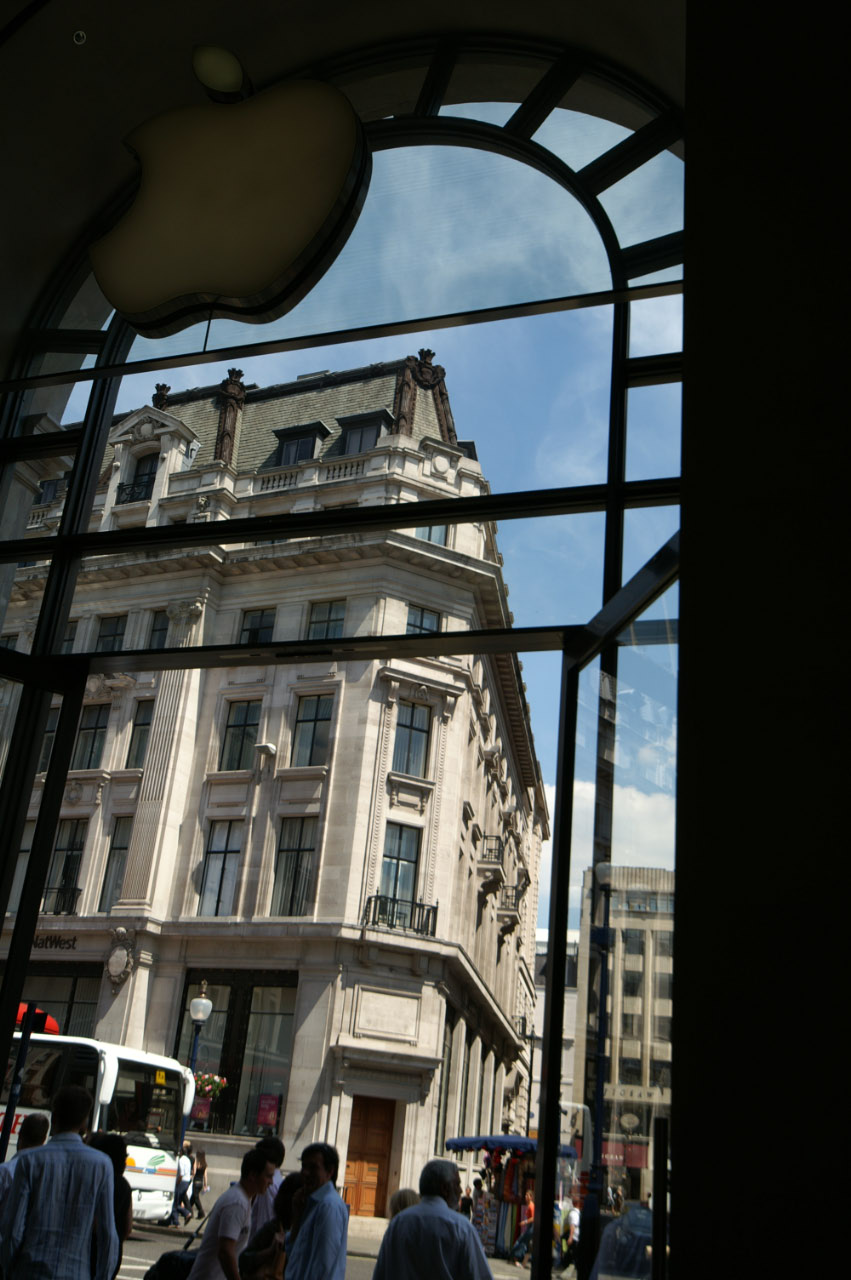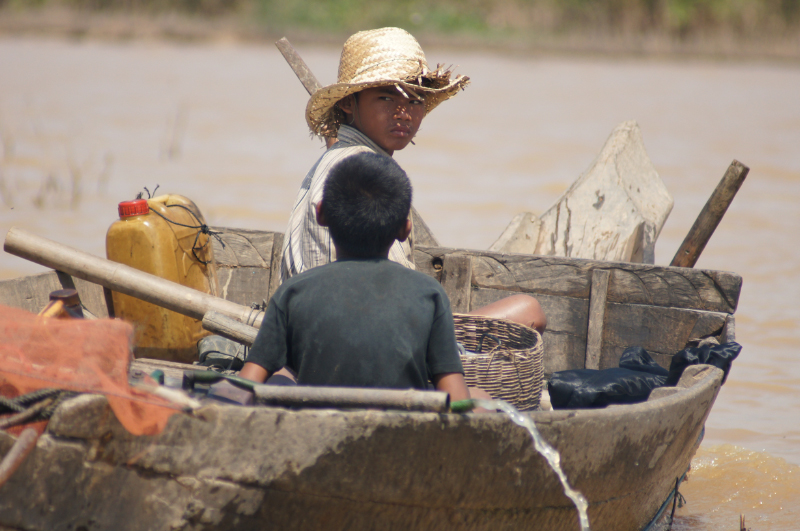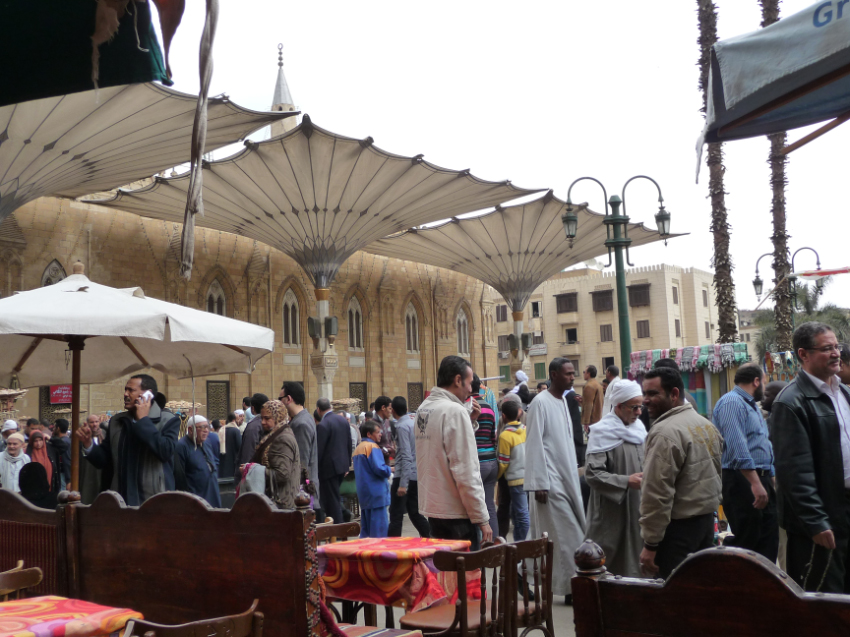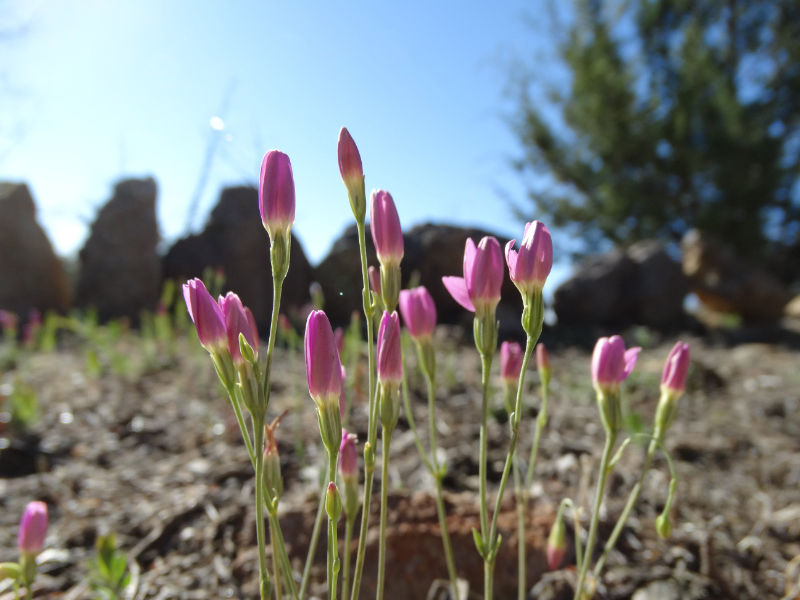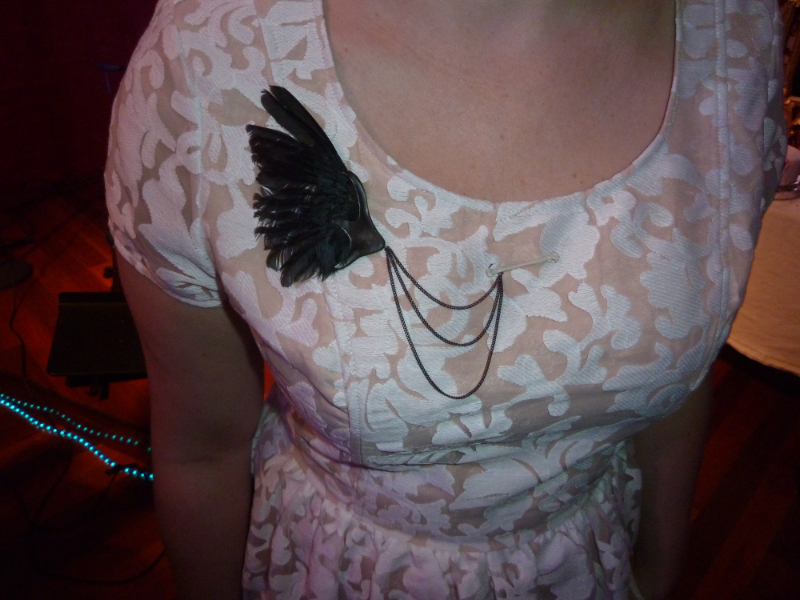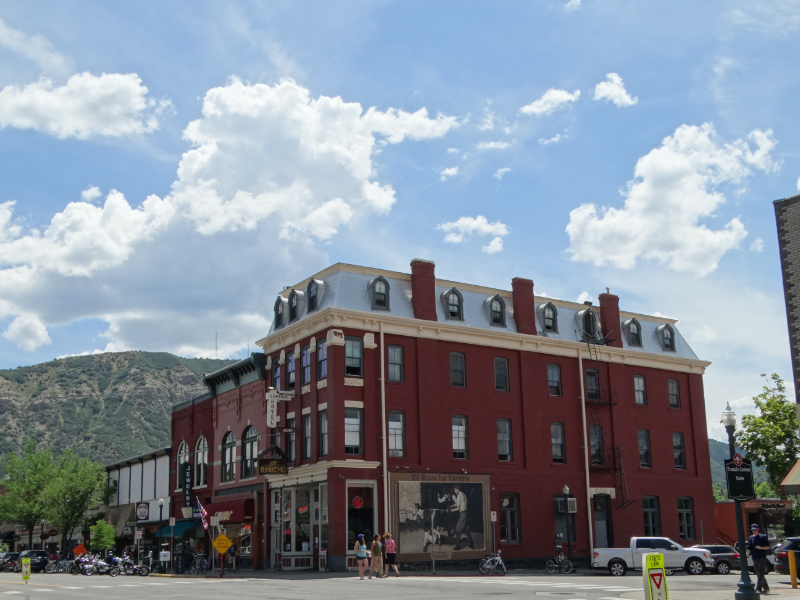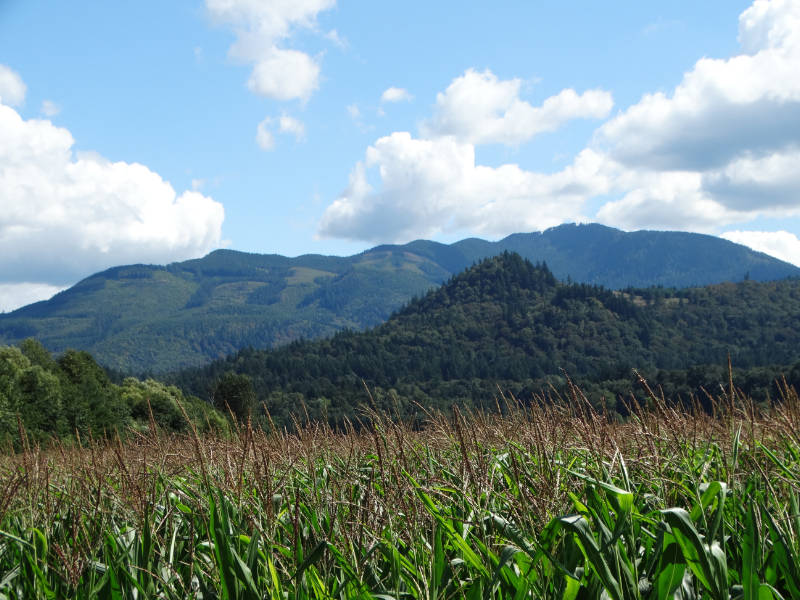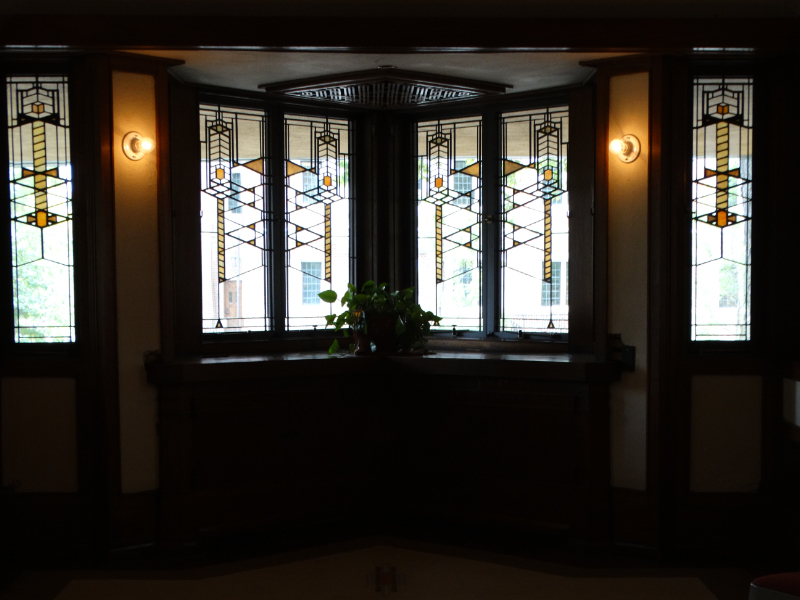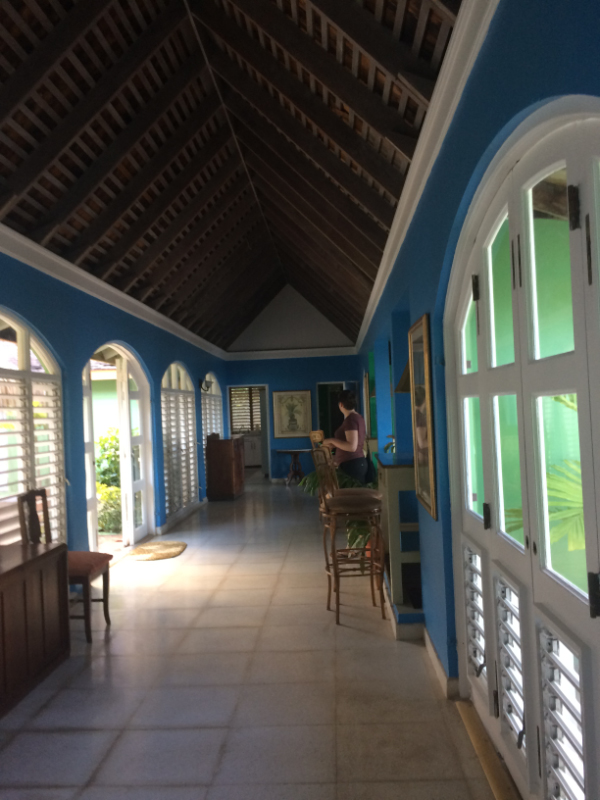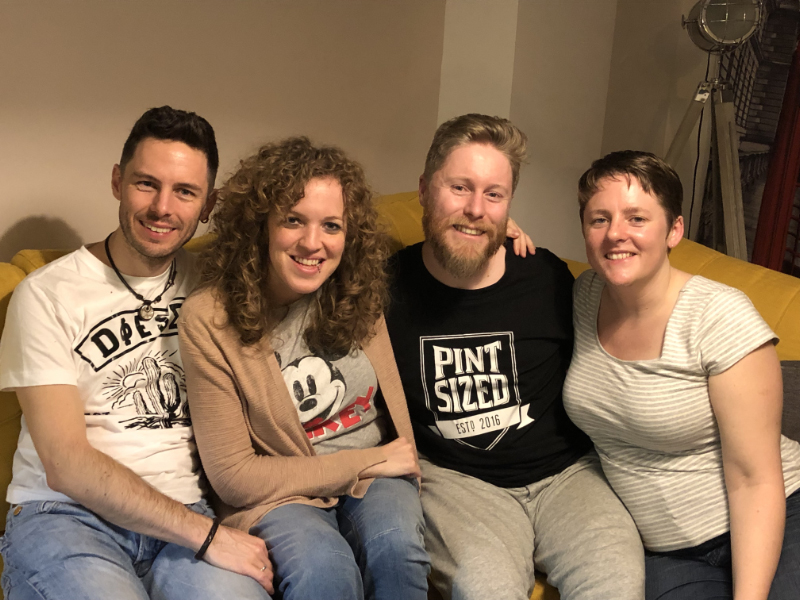Saturday 6 to Monday 8 November
In a short day and two nights we managed two safaris, an early morning game drive and a sunset river cruise. We saw all the familiar animals, but in different settings.
Chobe River game drive
We managed the 280km to Kasane in Botswana with minimum problems. The hire company had given us paperwork to take the car into Botswana, there was just a $USD20 tax to pay. The immigration lady in Botswana sang gospel as she stamped our passports in contrast to the grumpy Namibian immigration official who didn’t even acknowledge my smiley ‘hello’.
We had come here to see a very small part of the Okavango Delta. The inland delta is an endorheic basin which means the water does not flow out of it. The water eventually evaporates, which increases its salinity. The delta is surrounded by the Kalahari Desert so it draws animals from all directions for the water.
In order to understand the importance of this delta, I found an interesting article in the National Geographic magazine, after we had visited the area.
For the first time in a few days we have internet. Probably most interesting is the USA election. We do not want to see Trump win but neither he nor Hillary appear to be ideal candidates. The republicans hate Obama and Hillary and the rest of America aren’t ready for a woman leader.
We booked an early morning game drive with a better chance of seeing the ‘cats’. We were up at 5:00am for a 5:30am start. For me that is especially hard. We were with a group of Germans who were reliably punctual except for one man who got his instructions confused. Nonetheless we were first to the gate of the Hippo Island park.
The Chobe river is very wide and even in the dry appears to be navigable. Large river boats were on the water.
We hadn’t done an early morning drive before, so the experience was different, especially the water birds that were feeding in a frenzy manner.
The various antelopes were making their way down to the river flat. There were impalas, water bucks and sable antelope.
A couple of vultures were cleaning the final bits of carrion and the very ugly malibou storks were fishing.
There was a bachelorhood of elderly buffaloes. These slow old men have given up fighting to rule a harem and spend their life meandering close to the water holes.
Our guide described the impalas at the Big Mac of Chobe. There are many of them to provide a quick meal for the big cats without denting the population. It is nearly birthing time for the impalas, but they can hold their pregnancy until the rains start and there is enough grass for the young to feed. The harem will all give birth at the same time.
A couple of lions were spotted, and the photo hunt was on. Each safari vehicle accommodates between two and nine spectators. It really was mayhem as tourists jostled for the best angle to see the lions and drivers edged their vehicles closer and closer. Perhaps we are a bit blasé, after seeing lions in many of the parks we have visited. This time it was nice to sit back and enjoy them, rather than the rush to take photos.
After a bit of spotting we made a coffee break under a tree. A number of the safari trucks came together. The guides all had tea and coffee for us and they had even brought me a bottle of water, I don’t do coffee first thing in the morning very well.
After our break we spotted groups of elephants heading to the river for a wash and then a dust bath. The dust keeps them cool.
It was hot when we arrived back at our hotel at 9:30am for breakfast. The days are usually around 35C unless there has been some rain. Rains are due to start in November and we are getting a light shower about every third day.
What we saw (photos at the bottom of this page)…
- Impalas
- Buffalo
- Water Buck
- Sable antelope both have horns. One male was injured
- Impalas
- Young male and female lions
- Male lion stalking
- Woolly caper bush on a termite mound
- Coffee stop
- Elephants
- Lions and impalas
- Pod or pool of hippos
- Kudu
- A lot of birds including
- White necked vultures
- Buff & white egret
- Maribou storks
- Jesus bird walk on water
- Open beak stork
- Egyptian geese
- Spoonbill and saddle beak storks
- Hornbill
Hippo Island river cruise
Our last photo hunt for this safari was by boat. Since we have reached the waterways of the Okavango Delta, we have enjoyed a couple of boat cruises but seen very little wildlife. Hippopotami and buffalo are amongst the most prominent. But there are always the birds.
After going through the formalities of entering the park in a tin shed at the end of a very wonky jetty (fortunately the guide did this on our behalf) we were on our way around Hippo Island.
Hippo Island sits on the border of Namibia and Botswana. It had been in contention from 1992 to 2000 between the two countries. A tribunal in the Netherlands awarded the island to Botswana based on the depth of channel either side.
The Chobe River runs into Zambezi. It runs both directions like the Kwando & Tonle Sap, depending on water levels during rain and dry seasons.
This cruise was different and enjoyable. We had been on so many safaris, bumping along dusty and rugged roads, darting into bushes and bumping over grassy mounds. Now we were cruising around Hippo Island, watching the animals with the backdrop of the waterways.
Elephants wandered off Hippo Island and paddled across to the river bank. Hippos were watching their young. Once again it was a learning experience for us.
Our guide told us that elephants eat soil for mineral salt. If their tusks are short it indicates a lack of minerals. Elephants will eat 400kg a day over 16 hours. They mud their coat to avoid insects and to stay cool. There are 50,000 elephants in the Chobe area and 120,000 in Botswana.
Hippopotami don’t yawn. It’s a male thing, testosterone, that they open their mouths – proving their dominance. Hippos mate in the water because they have short legs. They are breast fed underwater for about 2 years. A baby male will be taken away from the bloat, to protect them from the dominant male who may kill it. Oxpicker birds live with the hippos and eat ticks off their bodies.
Crocodiles cannot chew, they drown their prey and the swallow it whole. Of course it takes time to digest such a meal. Their diet is mostly fish, however they will take impalas who spend most of their time close to the water edge.
Lions don’t like the waterbucks because their meat is sour. They’re the ones with a white ring on their bottom, which our guide described as a toilet seat. Crocodiles aren’t put off by the sour meat.
Pied kingfishers nest in sand holes along the river bed.
There were of course other boats doing the cruise, so our boatman was trying his best to keep us separated from the madding crowd. Somehow, as the light was fading, we ended up stuck on a sand bank in front of a bask of crocodiles. This wasn’t the time to get out and push. It took some harsh words and patience to get the boat off the sandbank and into safer, deeper water.
The finale for our tour was a stunning sunset over the water.
We had been treated to seven weeks of safaris through Kenya, Tanzania and Namibia. Today the early morning drive and the late evening river journey were a wonderful finale to our safari experiences.
Of all the countries we have see, I’d like to return to Botswana. The tiny corner we saw doesn’t give it justice.
It had been a long day – tomorrow we head to Zimbabwe to see Victoria Falls.
What we saw…
- Buffalo
- Saddle beak Stork
- African brown and white jackana aka Jesus bird or lily bird
- Elephants
- Impala
- Crocodiles
- Open beak stork
- Hippopotami
- Pied kingfisher
- Young crocodile & big one.
- Waterbuck
- Fish eagles
- Holier heron
- Spur-winged goose
- And a sunset
And in my search for the right collective nouns of groups of animals, I came across this lovely article. It was a woman called Juliana Berners in her book The Book of St Albans, written in the 15th century who first collected group names for publication.
e_header.jpg)
























































